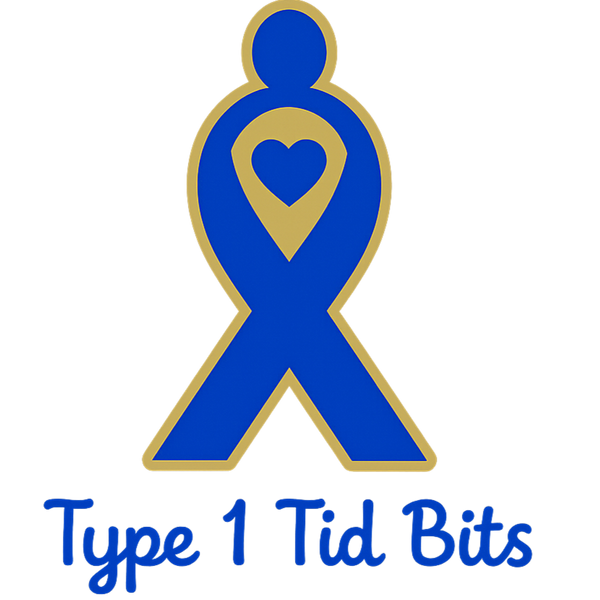Living with type 1 diabetes is never static—blood sugars shift daily depending on food, stress, sleep, and activity. But for women, there’s an extra variable: hormonal fluctuations across the menstrual cycle. These shifts in estrogen and progesterone can change insulin sensitivity, making carb counting feel like hitting a moving target.
Here’s a look at how hormones can influence carb counting across a typical month, and how women with type 1 diabetes can adjust.
I found hormonal impacts much greater when I was on MDI, now I see more of a slight stubbornness to my numbers wanting to sit around 9, rahter than my normal 6. No one knows your body better than you though, so as always, monitor your numbers, and do what's best for you.
Week 1: Menstrual Phase (Days 1–5)
-
What’s happening: Hormone levels (estrogen and progesterone) are at their lowest.
-
Impact on blood sugar: Some women notice greater insulin sensitivity, which can mean lower blood sugars.
-
Carb counting tips:
-
Watch for lows, especially overnight.
-
Carb ratios may need to be adjusted temporarily (e.g., 1 unit of insulin may now cover more grams of carbs).
-
Keep quick-acting carbs handy.
-
Week 2: Follicular Phase (Days 6–13)
-
What’s happening: Estrogen rises, preparing the body for ovulation.
-
Impact on blood sugar: Insulin sensitivity is often at its best. Many women describe this as their “easiest” week for blood sugar control.
-
Carb counting tips:
-
Carbs are processed more predictably—ratios may feel spot on.
-
Take advantage of this phase to experiment with new meals or carb amounts.
-
Still monitor closely—patterns vary for everyone.
-
Week 3: Ovulation (Around Day 14)
-
What’s happening: Estrogen peaks, and progesterone begins to rise.
-
Impact on blood sugar: Some women experience a temporary increase in insulin resistance. Others see little change.
-
Carb counting tips:
-
Track patterns with a CGM if possible.
-
Be ready to tweak your insulin-to-carb ratio slightly upward if carbs seem to “stick around” longer.
-
Week 4: Luteal Phase (Days 15–28)
-
What’s happening: Progesterone dominates after ovulation, and estrogen levels fluctuate.
-
Impact on blood sugar: Many women experience insulin resistance, cravings, and blood sugar highs in the week leading up to their period.
-
Carb counting tips:
-
Carb ratios often need adjusting upward (e.g., instead of 1:10, you may need 1:8).
-
Be mindful of cravings—carb-heavy snacks may require more insulin.
-
Consider lower-GI carb choices (like whole grains and fruit) to avoid sharp spikes.
-
Tools to Help Track Hormonal Effects
-
Cycle-tracking apps: Pairing your diabetes log with a menstrual tracker helps spot repeating patterns.
-
CGM data: Continuous glucose monitors reveal subtle shifts in trends across the month.
-
Journaling: Note symptoms (cravings, fatigue, mood changes) alongside carb counts and blood sugar readings.
Final Thoughts
Every woman’s cycle is different—but many find that hormonal changes create predictable shifts in carb needs and insulin sensitivity. By tracking patterns, adjusting insulin-to-carb ratios, and preparing for phases of resistance or sensitivity, carb counting becomes less of a guessing game and more of a tailored strategy.
The key? Knowledge = empowerment. The more you understand your body’s hormonal rhythm, the more confident you’ll feel in managing both your diabetes and your daily life.

